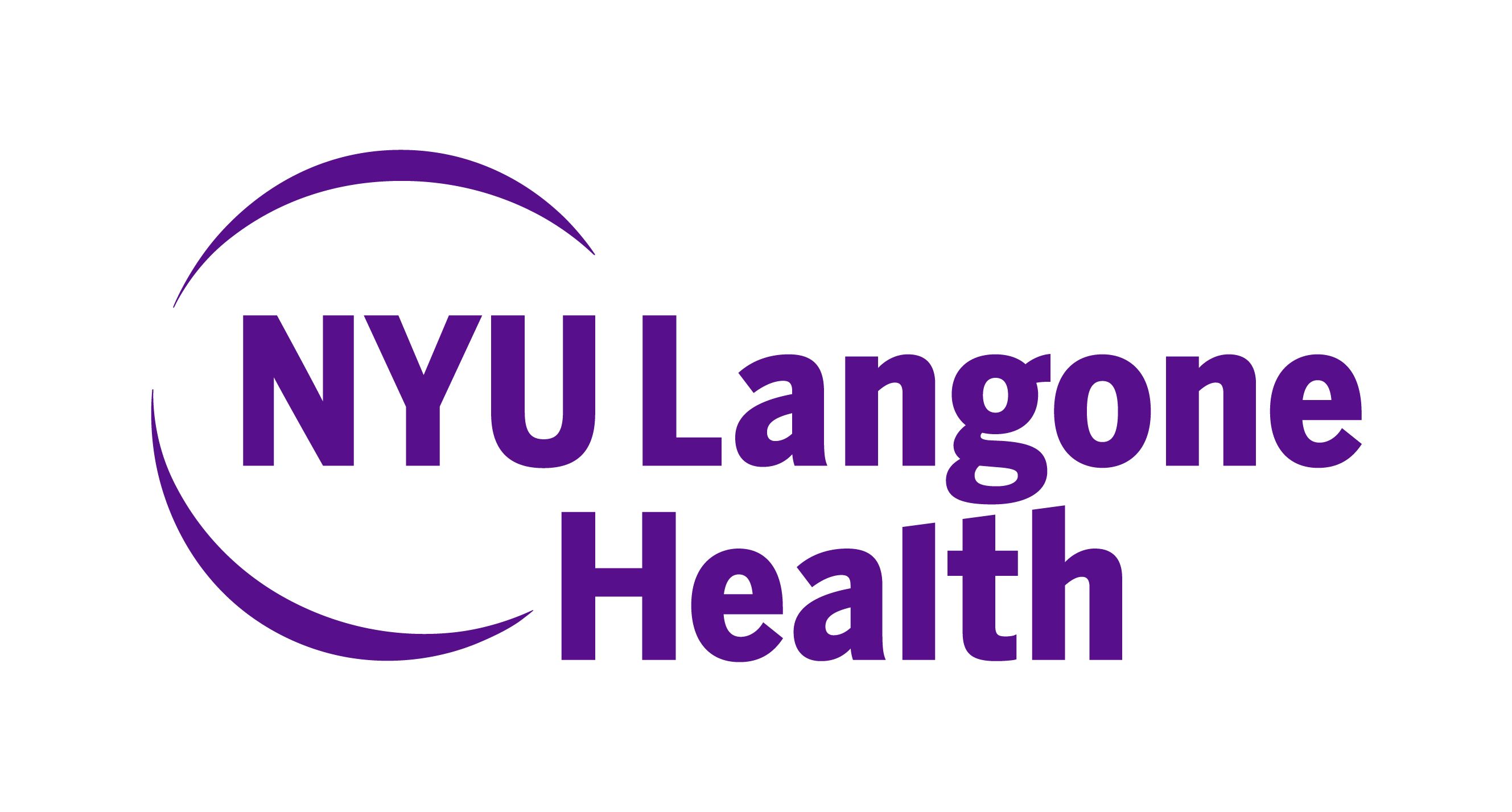
Redefining, Simplifying the Complexities of Alzheimer Disease and Amyloid Cascade: Ralph Nixon, MD, PhD

The professor of psychiatry and cell biology at NYU Langone discussed how validation of lysosomal autophagy will only simplify the understanding of the root causes of Alzheimer disease. [WATCH TIME: 4 minutes]
WATCH TIME: 4 minutes
"We have evidence that when you reverse the acidification defect, you can substantially rescue this whole subsequent phenomenon. Again, that speaks to the strong validation that this is at the top of the food chain in terms of targets. We think successful targets."
Recently published research in Nature Neuroscience using Alzheimer disease (AD) mouse models challenged the way traditional drug development has viewed targeting the core problems of the disease. For years, the community believed that plaques containing amyloid-ß built outside of cells was the first critical step toward brain damage in AD. Now, in the new findings, investigators observed early-appearing deficiencies of lysosomal vATPase activity, autophagy dysfunction in vulnerable neuron populations, and accumulation of amyloid precursor protein (APP)-ßCTF and amyloid-ß selectively within poorly acidified autolysosomes well before extracellular amyloid-ß deposition.
Led by
The findings could have significant impact on drug development and the way the community views the root causes of AD, Nixon said; however, he believes there needs additional validation before the community will be ready to throw their support. Nixon, a professor of psychiatry and cell biology at
REFERENCE
1. Lee JH, Yang DS, Goulbourne CN, et al. Faulty autolysosome acidification in Alzheimer’s disease mouse models induces autophagic build-up of Aß in neurons, yielding senile plaques. Nature. 2022;25:688-701. doi:10.1038/s41593-022-01084-8
Newsletter
Keep your finger on the pulse of neurology—subscribe to NeurologyLive for expert interviews, new data, and breakthrough treatment updates.




























